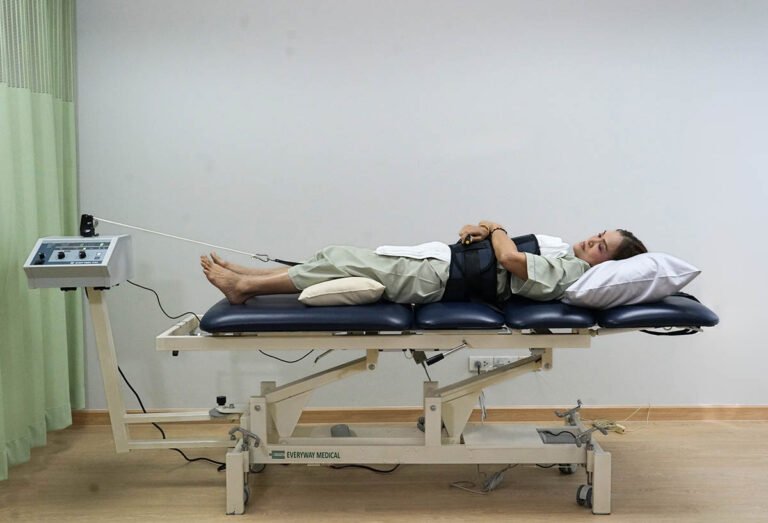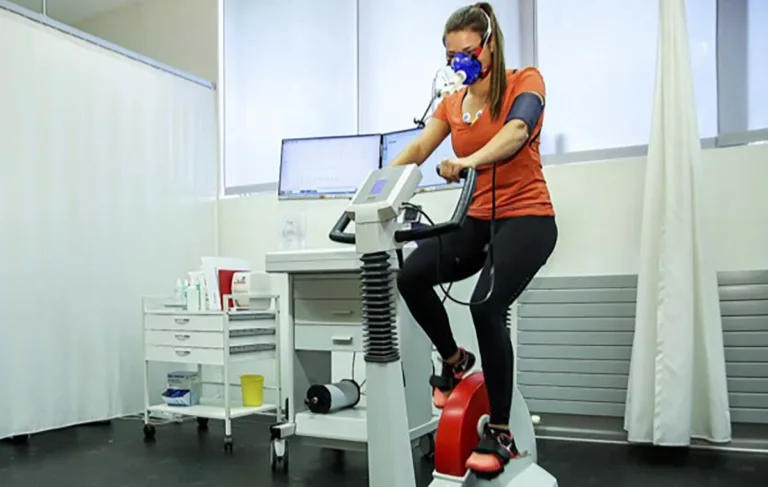Dry needle therapy involves inserting thin filiform needles into specific points on the body to alleviate pain and improve function. While it shares similarities with traditional acupuncture, dry needle therapy focuses on treating musculoskeletal conditions by targeting trigger points, which are tender, irritable points in muscles or connective tissue that can cause pain, muscle stiffness, and restricted movement.
Beneficial Diagnoses for Dry Needling
- Myofascial pain syndrome
- Muscle spasms
- Migraines and tension headaches
- Temporomandibular joint (TMJ) dysfunction
- Piriformis syndrome
- Whiplash injuries
- Postural imbalances
- Chronic tension-type headaches
- Ankylosing spondylitis
- General musculoskeletal pain
*All diagnoses include but are not limited to the above.
Benefits of Dry Needle Therapy
Dry needle therapy offers a range of benefits for individuals suffering from musculoskeletal pain and dysfunction:
- Pain Relief: Dry needle therapy effectively reduces pain associated with trigger points, muscle strains, sprains, tendonitis, and other musculoskeletal conditions.
- Improved Mobility: By alleviating pain and muscle tension, dry needle therapy can enhance range of motion, reduce stiffness, and improve overall flexibility.
- Muscle Relaxation: Dry needle therapy helps to relax muscle fibers, reducing muscle spasms, cramps, and tension.
- Enhanced Blood Flow: Dry needle therapy can stimulate blood flow to the affected area, promoting tissue healing and reducing inflammation.
- Faster Recovery: Dry needle therapy can accelerate the healing process following injuries, surgeries, and other musculoskeletal conditions.
*Disclaimer: The listed treatment options are for reference and should be discussed with your physiotherapist. Always consult with your healthcare provider before starting any new therapy or exercise, as individual suitability depends on your health condition and their assessment.





